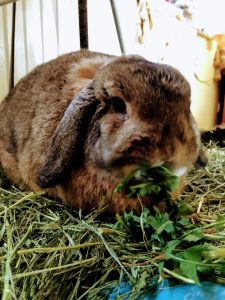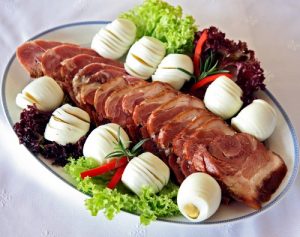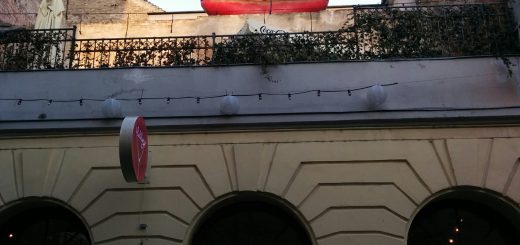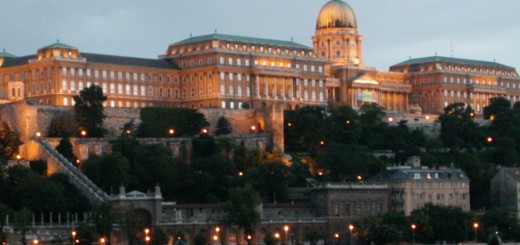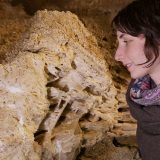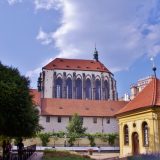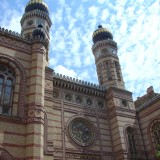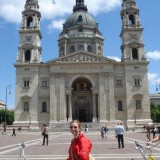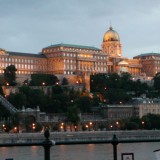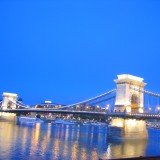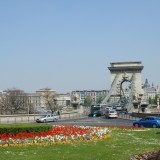Hungarian Easter
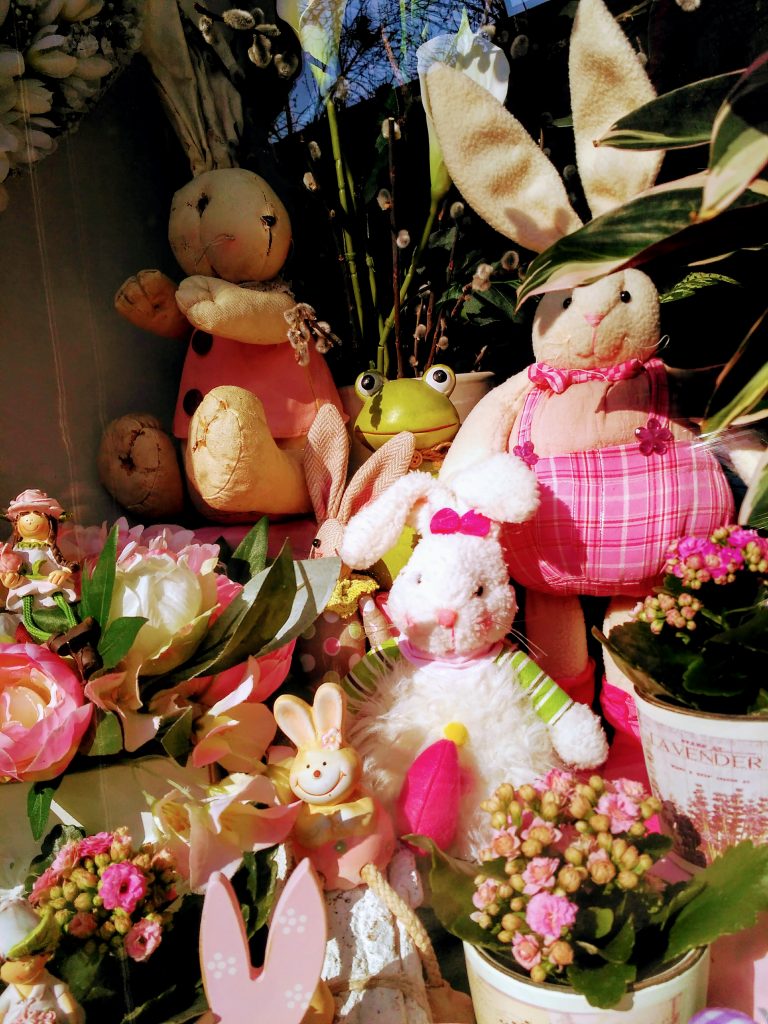
Hungarian Easter Bunnies
Easter is the celebration of Jesus’ resurrection in the Christian calendar. The Hungarian Easter is a mixture of Christian traditions and Pagan rituals. All these mix with a modern fun element to celebrate Spring and rebirth. Good Friday, Easter Sunday and Monday are public holidays in Hungary and there are lots of festivities going on around the whole country.
Here we’ve collected the most important elements of Hungarian Easter, so you can see what the locals do.
Tradition of Sprinkling (‘locsolás’)
Probably the most popular traditions are egg painting and WATER sprinkling. Sprinkling is an old custom that used to be a form of courtship, involving girls of marriageable age and their suitors. Today the Hungarian boys still learn little rhymes and poems for Easter Monday. They recite these when they visit the girls and then ‘sprinkle’ them to make sure they become good wives and bear many children.
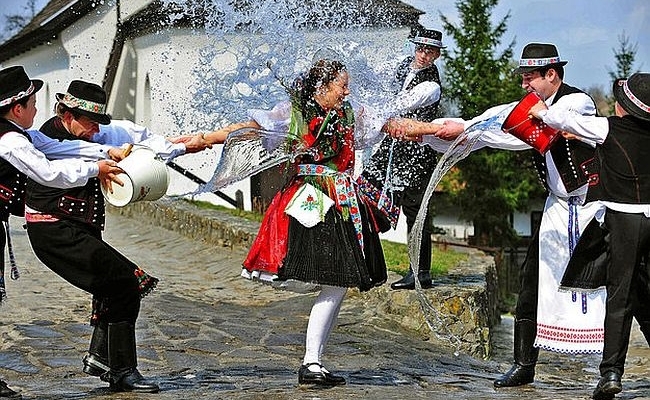
Sprinkling – an old Hungarian Easter tradition (photo credit: elevengyerekek.hu)
In older times this “sprinkling” involves buckets of cold water. Unfortunately, cheap perfumes now replaces the water. So as a result, women end up smelling like a toxic overload by the end of the day. This ritual has evolved to include acquaintances of all ages. Both young and older women get wet. Also they take pride in attracting as many ‘waterer’s’ as possible. In exchange, the male gets some colorful eggs, chocolate treats or cookies and a shot of ‘pálinka’ (Hungarian fruit brandy). 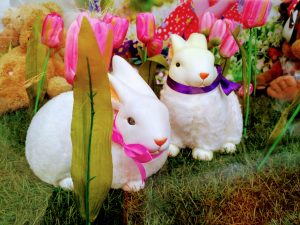
Hungarian Easter Eggs
Egg painting is one of the oldest traditions though this form of art is not exclusively Hungarian. Originally the eggs are red to symbolize the blood of Jesus. Throughout the centuries various techniques were in use. There were experiments with different colors and motifs. Finally the Hungarian-style egg painting became a craft in its own right. Each region of Hungary has its own unique and distinctive motives and color combinations. And there are also special techniques requiring manual dexterity.
Before painting, the eggs are either boiled or the contents removed through little holes at each end. This way these little pieces of art can last longer. The whole family undertakes the decoration process on the Saturday so that by Sunday the best ones can decorate the Easter dinner table. And we eat the ugly failures for breakfast.
The Easter Bunny
The rabbit is a more recent attribute. It probably arrived in Hungary from a German cultural background in the 20th century. This Easter bunny visits Hungarian gardens on Easter Sunday and brings presents which are usually chocolate treats for the kids. Then they have to find these during an Easter Egg hunt. So why is the Hungarian Easter bunny is so special? Probably it is the only species of rabbits that lays eggs. And what is more, this bunny can lay chocolate eggs too!
Easter Foods
As a matter of fact some people still fast before Easter. Because of this many people eat a traditional meat dish on Sunday to celebrate the end of Lent. The typical Hungarian Easter Sunday breakfast is a big deal. It includes slow cooked ham served with horseradish, boiled eggs and a special braided milk-loaf, called ‘kalács’. Finally everyone enjoys sweets and chocolates as they are an important part of the Easter diet.


